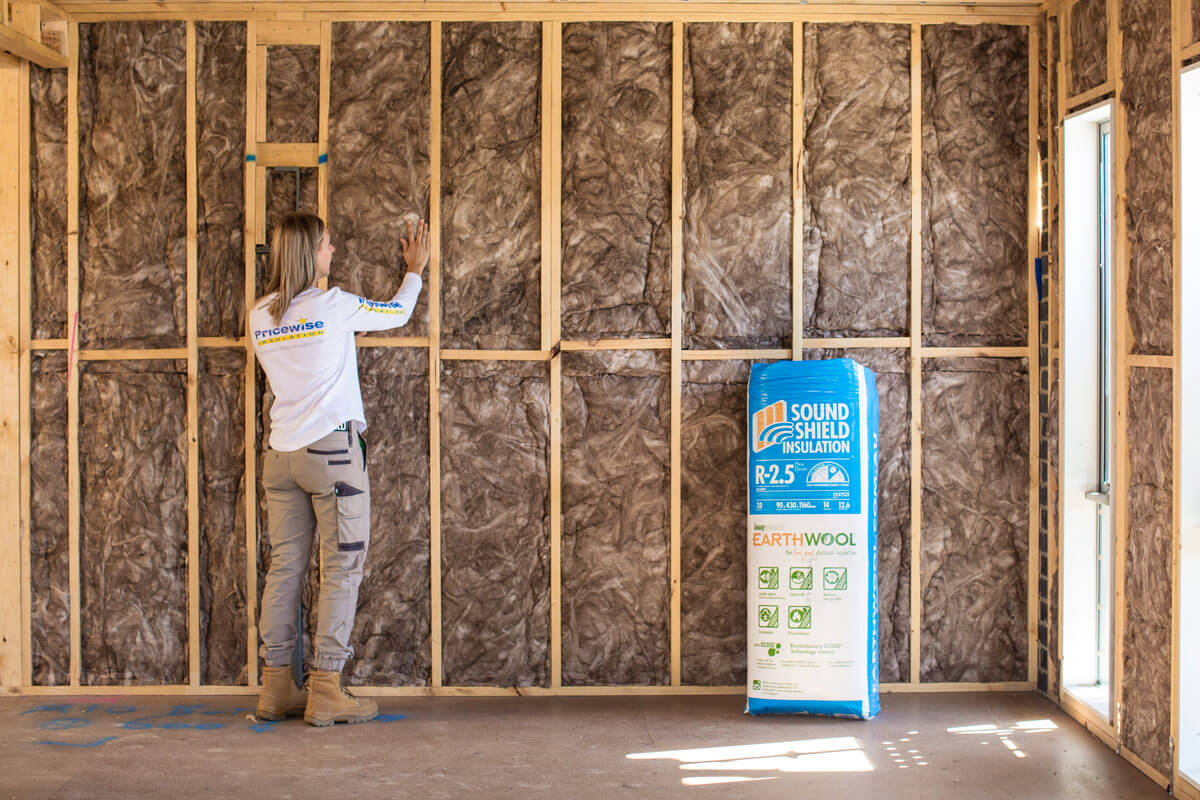

Articles
What Kind Of Insulation For Interior Walls
Modified: May 6, 2024
Discover the best articles on insulation for interior walls and learn about different types of insulation suitable for your project. Improve energy efficiency and soundproofing in your space.
(Many of the links in this article redirect to a specific reviewed product. Your purchase of these products through affiliate links helps to generate commission for Storables.com, at no extra cost. Learn more)
Introduction
In any building or home, proper insulation is crucial for maintaining a comfortable indoor environment and reducing energy consumption. While insulation is commonly associated with exterior walls and attics, it is equally important to insulate the interior walls as well. Interior wall insulation not only helps in controlling the temperature and noise levels within different areas of a space but also improves energy efficiency and reduces heating and cooling costs. In this article, we will explore the different types of insulation available for interior walls, their benefits, installation guidelines, and potential drawbacks.
Before delving into the specifics of interior wall insulation, it is essential to understand its purpose and significance. Interior wall insulation acts as a barrier that slows down the transfer of heat between the rooms. It helps in maintaining a consistent and comfortable temperature by preventing heat from escaping during winters and infiltrating during summers. Insulating interior walls also helps in reducing noise transmission from one room to another, ensuring a quieter and more peaceful living or working environment.
When it comes to choosing the right insulation for interior walls, there are several options available. Some of the most common types of insulation used for interior walls include fiberglass insulation, cellulose insulation, spray foam insulation, mineral wool insulation, and reflective insulation. Each type has its own unique characteristics, benefits, and installation requirements. Let’s take a closer look at each of these options.
Key Takeaways:
- Proper insulation of interior walls is essential for maintaining a comfortable indoor environment, reducing energy consumption, and controlling noise transmission between rooms. Choosing the right insulation material and following installation guidelines are crucial for maximizing the benefits.
- While insulating interior walls offers numerous advantages such as enhanced thermal comfort, energy efficiency, and noise reduction, it’s important to consider potential drawbacks such as moisture issues, cost, and fire safety considerations. Careful planning and professional guidance can help mitigate these challenges.
Read more: Why Insulate Interior Walls
Understanding Interior Wall Insulation
Interior wall insulation plays a crucial role in improving thermal performance, soundproofing, and overall comfort within a building. It is important to understand the factors that influence the effectiveness of interior wall insulation and how it works.
Thermal performance is a key consideration when insulating interior walls. The insulation material used should have a high R-value, which signifies its resistance to heat flow. A high R-value ensures better insulation and helps in reducing energy consumption for heating and cooling purposes.
Soundproofing is another important aspect of interior wall insulation. It helps in reducing the transmission of sound between rooms, thereby enhancing privacy and creating a more peaceful environment. The insulation material should have good sound-absorbing properties to effectively dampen noise.
One of the primary methods used for interior wall insulation is the installation of insulation batts or rolls. These are typically made of fiberglass or mineral wool and come in pre-cut sizes that fit between wall studs. The insulation is placed in the wall cavity, providing a tight fit and reducing any gaps or air leakage.
In addition to batt insulation, there are also loose-fill insulation options available for interior walls. This includes cellulose insulation, which is made from recycled paper fibers treated with fire-retardant chemicals. It can be blown into wall cavities, filling gaps and providing excellent thermal and sound insulation.
Spray foam insulation is another popular choice for interior walls. It is applied as a liquid and expands to form a tight seal, effectively filling any gaps or voids in the installation area. Spray foam insulation provides superior thermal insulation and acts as an air barrier, preventing heat loss and keeping energy costs low.
Reflective insulation is a unique type of insulation that works by reflecting heat instead of absorbing it. It is often used in combination with other insulation materials to enhance their thermal performance. Reflective insulation is particularly effective in hot climates where it helps to reduce heat gain.
Understanding the different types of insulation and their properties is crucial in choosing the right option for interior wall insulation. Factors such as the climate, existing wall structure, and budget should be taken into consideration to ensure optimal performance and energy efficiency.
Different Types of Interior Wall Insulation
When it comes to insulating interior walls, there are several types of insulation materials to choose from. Each material has its own unique characteristics and benefits. Let’s explore some of the most common types of interior wall insulation:
- Fiberglass Insulation: Fiberglass insulation is one of the most widely used insulation materials. It consists of long, fine glass fibers that are spun together to create a dense material. Fiberglass insulation is available in batts or rolls and can be easily fitted between wall studs. It provides excellent thermal insulation and is relatively affordable. However, proper safety precautions should be taken during installation as it can irritate the skin and lungs if not handled correctly.
- Cellulose Insulation: Cellulose insulation is made from recycled paper fibers treated with fire-retardant chemicals. It can be blown into wall cavities, conforming to any shape and filling gaps effectively. Cellulose insulation has excellent thermal and sound-absorbing properties. It is also environmentally friendly and offers resistance against fire and pests.
- Spray Foam Insulation: Spray foam insulation is a versatile option for interior wall insulation. It is applied as a liquid and expands to fill the cavity, creating a seamless, airtight barrier. Spray foam provides superior thermal insulation and acts as an effective air and moisture barrier. It can also help in reducing noise transfer between rooms. However, professional installation is recommended as it requires specialized equipment and expertise.
- Mineral Wool Insulation: Mineral wool insulation is made from molten rocks or recycled slag that is spun into fibers. It is available in batts or rolls and provides excellent thermal and sound insulation. Mineral wool is also fire-resistant and offers good resistance against pests and mold. It is a non-combustible material, making it suitable for interior wall insulation.
- Reflective Insulation: Reflective insulation works by reflecting heat away from the wall instead of absorbing it. It consists of a layer of metal foil, often laminated with other insulating materials. Reflective insulation is effective in reducing heat transfer and is commonly used in combination with other insulation materials for enhanced thermal performance. It is particularly beneficial in hot climates.
Choosing the right type of insulation for interior walls depends on various factors such as climate, budget, desired thermal performance, and installation preferences. It is important to carefully evaluate the options and consult with professionals to determine the best insulation material for your specific needs.
Fiberglass Insulation
Fiberglass insulation is one of the most commonly used materials for insulating interior walls. It is made up of long, thin glass fibers that are woven or spun together to create a dense and fluffy material. Fiberglass insulation is known for its excellent thermal insulating properties and is often chosen for its affordability and ease of installation.
One of the key advantages of fiberglass insulation is its high R-value, which measures the material’s resistance to heat flow. The higher the R-value, the greater the insulation’s effectiveness in preventing heat transfer. Fiberglass insulation typically has a high R-value per inch, making it efficient in reducing heat loss or gain through interior walls.
Fiberglass insulation is available in various forms, including batts, rolls, and loose-fill. Batts and rolls are pre-cut panels or sheets that are designed to fit snugly between wall studs. This makes them easy to handle and install, especially for do-it-yourself projects. Batts and rolls are available in different thicknesses to accommodate different wall cavity sizes.
To install fiberglass batts or rolls in interior walls, the insulation material is placed between the wall studs, ensuring a tight fit. It is important to note that proper installation is essential to maximize the insulation’s performance. Gaps or voids in the insulation can reduce its effectiveness and allow heat transfer through the walls.
One of the concerns associated with fiberglass insulation is its potential for skin and respiratory irritation. Fiberglass insulation contains small glass fibers that can cause irritation if they come into contact with the skin. It is recommended to wear protective clothing, gloves, and a mask during installation to minimize any potential health risks.
Despite this concern, fiberglass insulation has been proven to be safe when handled correctly. It does not release harmful chemicals or emit volatile organic compounds (VOCs) into the air, making it suitable for interior wall insulation in residential and commercial buildings.
In addition to its thermal insulating properties, fiberglass insulation also offers some sound absorption benefits. It can help reduce noise transmission between rooms, providing a quieter and more comfortable living or working environment.
In summary, fiberglass insulation is a popular choice for insulating interior walls due to its affordability, high R-value, and ease of installation. It offers effective thermal insulation and can help reduce noise transmission. However, proper installation techniques and safety precautions should be followed to ensure optimal performance and minimize any potential health risks.
Cellulose Insulation
Cellulose insulation is a popular choice for insulating interior walls due to its excellent thermal and sound-absorbing properties. It is made from recycled paper fibers, typically from newspapers or cardboard, that have been treated with fire-retardant chemicals to enhance its performance and safety.
One of the key advantages of cellulose insulation is its versatility in terms of application. It can be installed in both new and existing walls, as well as in hard-to-reach areas or irregularly shaped cavities. Cellulose insulation is often installed by blowing the loose-fill material into the wall cavities. This method allows the insulation to conform to any shape and fill gaps effectively, providing a seamless thermal barrier.
Cellulose insulation offers excellent thermal insulation due to its high R-value per inch. The R-value measures the insulation’s resistance to heat flow, and a higher R-value signifies better thermal performance. Cellulose insulation is known for its ability to reduce heat transfer through the interior walls, helping to maintain a comfortable indoor temperature and reduce energy consumption for heating and cooling.
In addition to thermal insulation, cellulose insulation also provides sound absorption benefits. The dense and fibrous nature of the material helps to reduce the transmission of sound waves through the walls, enhancing privacy and creating a quieter indoor environment.
Cellulose insulation also boasts environmental benefits. It is made from recycled materials, reducing the demand for new resources and minimizing waste. Additionally, the fire-retardant chemicals used in cellulose insulation provide added fire resistance, making it a safer option for interior wall insulation.
However, there are a few considerations to keep in mind when choosing cellulose insulation. One of the potential drawbacks is its sensitivity to moisture. Cellulose insulation can absorb and retain water, which can degrade its performance and lead to potential issues such as mold growth. To mitigate this, proper moisture control measures should be in place, such as ensuring proper ventilation and addressing any existing moisture problems within the walls.
Overall, cellulose insulation offers a cost-effective and eco-friendly solution for insulating interior walls. Its thermal performance, sound-absorbing qualities, and fire resistance make it a desirable choice for enhancing comfort and energy efficiency within buildings. With proper installation and moisture control, cellulose insulation can provide long-lasting insulation benefits for interior walls.
Spray Foam Insulation
Spray foam insulation is a versatile and effective option for insulating interior walls. It is a popular choice due to its superior thermal insulation properties, air-sealing capabilities, and ability to reduce noise transfer between rooms.
Spray foam insulation is applied as a liquid mixture that expands and hardens into a solid foam. The two main types of spray foam insulation are open-cell and closed-cell foam. Open-cell foam is less dense and provides excellent sound absorption properties, while closed-cell foam is denser and offers higher R-values, making it more effective at preventing heat transfer.
One of the key advantages of spray foam insulation is its ability to create a seamless and airtight barrier. The foam expands to fill cavities and cracks, effectively sealing off any air leakage points. This air-sealing capability helps to reduce drafts and heat loss through the interior walls, resulting in better energy efficiency and lower heating and cooling costs.
In addition to its thermal insulation properties, spray foam insulation also provides excellent soundproofing benefits. The dense composition of the foam helps to absorb and dampen sound waves, reducing noise transmission between rooms. This makes it particularly beneficial for areas that require privacy, such as bedrooms, offices, or recording studios.
Another advantage of spray foam insulation is its versatility in application. It can be used in both new construction and retrofitting projects. Spray foam insulation can be applied to walls in its liquid state, allowing it to fill cavities and conform to irregular shapes. This makes it suitable for insulating interior walls with complex designs or hard-to-reach areas.
It is important to note that professional installation is recommended for spray foam insulation. The application requires specialized equipment and expertise to ensure proper mixing and even distribution of the foam. Professional installers can also assess the specific requirements of the project and determine the appropriate thickness and type of spray foam insulation to achieve optimal results.
While spray foam insulation offers numerous benefits, there are some considerations to keep in mind. The initial cost of spray foam insulation may be higher than other insulation options. However, the long-term energy savings and enhanced comfort provided by spray foam insulation often offset the initial investment.
Additionally, care should be taken to prevent over-application during installation, as excessive foam can lead to structural issues or hinder the performance of other building components. It is essential to work with experienced professionals who can ensure accurate application and proper adherence to building codes and guidelines.
In summary, spray foam insulation is a versatile and efficient option for insulating interior walls. Its thermal insulation, air-sealing properties, and sound absorption capabilities make it an excellent choice for enhancing energy efficiency, comfort, and noise reduction within buildings. Proper professional installation is key to achieving the desired performance and maximizing the benefits of spray foam insulation.
Mineral Wool Insulation
Mineral wool insulation is a versatile and effective option for insulating interior walls. It is made from natural or synthetic mineral fibers, such as rockwool or slag wool, that are formed into batts or rolls. Mineral wool insulation offers excellent thermal and sound insulation properties, making it a popular choice for both residential and commercial applications.
One of the key advantages of mineral wool insulation is its high thermal resistance. It has a high R-value per inch, which measures the material’s ability to resist heat flow. Mineral wool insulation effectively reduces heat transfer through interior walls, helping to maintain a comfortable and consistent indoor temperature while reducing energy consumption for heating and cooling.
Mineral wool insulation also provides excellent sound absorption properties. Its dense and fibrous composition helps to absorb and dampen sound waves, reducing noise transmission between rooms. This is especially beneficial in environments where noise control and privacy are important, such as offices, recording studios, or multi-family dwellings.
In addition to its thermal and acoustic insulation properties, mineral wool insulation offers several other advantages. It is non-combustible, making it a safe choice for interior wall insulation. Mineral wool is also resistant to pests, mold, and mildew, ensuring a healthy and durable living or working environment.
Installation of mineral wool insulation is relatively straightforward. It is available in batts or rolls that are designed to fit between standard wall studs. The insulation is placed in the wall cavities, ensuring a tight fit to minimize gaps or air leaks that can compromise its thermal performance.
It is important to note that mineral wool insulation can be heavier and denser compared to other insulation materials. This can make it slightly more challenging to handle and install, especially in overhead or hard-to-reach areas. However, with proper precautions and assistance, mineral wool insulation can be installed effectively.
Like any insulation material, mineral wool insulation also has some considerations to keep in mind. It may require the use of personal protective equipment, such as gloves and a mask, during installation to protect against skin irritation or respiratory issues. Following the manufacturer’s guidelines and safety precautions is crucial to ensure a safe and successful installation process.
In summary, mineral wool insulation is a reliable and effective option for insulating interior walls. Its high thermal resistance, sound absorption properties, and safety features make it a preferred choice for improving energy efficiency, reducing noise transfer, and creating a comfortable indoor environment. Proper installation techniques and adherence to safety guidelines are essential to achieve optimal results with mineral wool insulation.
Consider using fiberglass or foam insulation for interior walls. Fiberglass is cost-effective and easy to install, while foam insulation provides excellent thermal and sound insulation. Choose the option that best suits your budget and insulation needs.
Reflective Insulation
Reflective insulation is a unique type of insulation that offers an alternative approach to insulating interior walls. Unlike traditional insulation materials that primarily rely on slowing down heat transfer through conduction or convection, reflective insulation works by reflecting heat away from the wall instead of absorbing it.
Reflective insulation typically consists of a layer of metal foil, often laminated with other insulating materials such as foam or air bubbles, to enhance its performance. The foil acts as a barrier that reflects radiant heat, effectively reducing heat gain or loss through the interior walls.
One of the key advantages of reflective insulation is its ability to enhance the thermal performance of other insulation materials when used in combination. By placing reflective insulation adjacent to other insulation materials, it helps to reduce radiant heat transfer that may penetrate through the other materials. This combination enhances the overall insulation effectiveness.
Reflective insulation is particularly beneficial in hot climates where reducing heat gain is a priority. By reflecting the sun’s rays away from the walls, it helps to keep the interior spaces cooler, reducing the need for excessive air conditioning and improving energy efficiency.
When considering reflective insulation for interior wall insulation, it is important to note that proper installation is critical for optimal performance. The reflective surface of the insulation should face an air space or cavity, allowing it to effectively reflect radiant heat. Ensuring that there is an adequate air gap between the reflective insulation and the interior wall is essential for its effectiveness.
Reflective insulation can be installed as rolls or sheets and is relatively easy to handle and install. However, it is important to follow the manufacturer’s guidelines and recommendations for installation to ensure proper performance. Any seams or joints in the reflective insulation should be properly sealed to maintain its integrity and effectiveness.
It is worth mentioning that reflective insulation alone may not provide sufficient thermal insulation for interior walls, especially in colder climates where conductive or convective heat transfer is more prevalent. Therefore, it is often used in conjunction with other insulation materials to achieve optimal thermal performance.
In summary, reflective insulation offers a unique approach to interior wall insulation by reflecting radiant heat away from the walls. It works well in combination with other insulation materials to enhance thermal performance, particularly in hot climates. Proper installation and coordination with other insulation techniques are important to maximize the benefits of reflective insulation in maintaining a comfortable and energy-efficient indoor environment.
Choosing the Right Insulation for Interior Walls
Choosing the right insulation for interior walls is crucial for achieving optimal thermal performance, soundproofing, and overall comfort in a building. Several factors should be taken into consideration when selecting the insulation material:
- Insulation Type: Evaluate the different types of insulation available, such as fiberglass, cellulose, spray foam, mineral wool, and reflective insulation. Consider their thermal performance, sound absorption capabilities, fire resistance, and environmental impact to determine the most suitable option for your specific needs.
- R-Value: The R-value measures the insulation material’s resistance to heat flow. A higher R-value signifies better insulation performance. Consider the climate and desired level of insulation to determine the appropriate R-value for your interior walls. Regions with extreme temperatures may require higher R-values for effective insulation.
- Space Constraints: Evaluate the available wall cavity space. Some insulation materials, such as fiberglass batts or rolls, require specific thicknesses to achieve the desired R-value. Ensure that the chosen insulation will fit properly within the wall cavities without compressing or leaving gaps.
- Moisture Considerations: Assess the moisture levels in the building and the potential for moisture intrusion. Some insulation materials, such as cellulose, may absorb moisture, leading to a decline in performance or potential issues like mold growth. Ensure that adequate moisture control measures are in place before selecting the insulation.
- Soundproofing Requirements: If noise reduction is a priority, consider insulation materials with excellent sound absorption properties, such as cellulose or mineral wool. These materials can help minimize sound transfer between rooms, enhancing privacy and creating a quieter indoor environment.
- Budget and Installation Considerations: Evaluate the costs associated with different insulation materials and their installation. Some materials may require professional installation, while others can be easily installed as a DIY project. Consider the budget and available resources to select the insulation material and installation method that best aligns with your requirements.
- Environmental Impact: Consider the sustainability of the insulation materials. Some options, like cellulose, are made from recycled materials and have a lower environmental impact. In contrast, others, like spray foam insulation, may have a higher embodied energy or contain chemicals that need to be carefully managed during installation.
By carefully considering these factors, you can choose the right insulation for your interior walls that will provide effective thermal insulation, soundproofing, and energy efficiency. Consulting with insulation professionals or contractors can also provide valuable insights and recommendations based on your specific needs and requirements.
Read more: What R-Value Insulation For Interior Walls
Installation Guidelines for Interior Wall Insulation
Proper installation of interior wall insulation is essential for achieving optimal thermal performance and ensuring its effectiveness. Here are some installation guidelines to follow when insulating interior walls:
- Prepare the Workspace: Clear the work area of any obstacles or furniture that may obstruct access to the interior walls. Lay down drop cloths or protective coverings to prevent any insulation materials or debris from damaging the floors or surfaces.
- Ensure Safety: Wear appropriate protective clothing, such as gloves, a long-sleeved shirt, pants, and safety goggles, to protect yourself from potential irritants or particles during the installation process. If necessary, use a dust mask or respirator for respiratory protection.
- Choose the Right Insulation Material: Select the appropriate insulation material based on your specific needs and the recommendations of insulation professionals. Consider factors such as R-value, soundproofing capabilities, and moisture resistance.
- Measure and Cut Insulation: Measure and cut the insulation material to fit the wall cavities or stud bays accurately. Ensure that the insulation fits tightly and completely fills the space, leaving no gaps or voids that could compromise the thermal performance.
- Install Continuous Insulation: Maintain continuity in the insulation by ensuring that there are no breaks or gaps between sections of insulation material. This helps to minimize thermal bridging and ensures maximum insulation effectiveness.
- Avoid Compressing Insulation: Avoid compressing the insulation material during installation. Compressed insulation can result in reduced R-value and compromised thermal performance. Install the insulation in a way that allows it to maintain its full thickness and loft.
- Seal Air Leaks: Inspect the interior walls for any gaps, cracks, or air leaks that could allow air infiltration. Use caulk or weatherstripping to seal any openings before installing the insulation. This helps to enhance energy efficiency by preventing the transfer of air and heat through the walls.
- Follow Manufacturer’s Instructions: Always refer to the manufacturer’s installation guidelines and instructions for the specific insulation material being used. These guidelines provide detailed information on proper installation techniques and any specific requirements or considerations.
- Verify Building Codes: Check with local building codes and regulations to ensure compliance with any specific requirements regarding interior wall insulation installation. Building codes may have specific guidelines related to fire safety, vapor barriers, or other considerations.
- Consider Professional Installation: If you are unsure about the installation process or lack the necessary skills and tools, it is recommended to hire a professional insulation contractor. Professional installers have the expertise and experience to ensure proper installation and can offer valuable insights and advice specific to your project.
Following these installation guidelines will help ensure a successful insulation installation that provides effective thermal insulation and enhances energy efficiency within the interior walls of your building or home.
Benefits of Insulating Interior Walls
Insulating interior walls offers a wide range of benefits that contribute to improved comfort, energy efficiency, and overall well-being within a building. Here are some key advantages of insulating interior walls:
- Enhanced Thermal Comfort: Insulating interior walls helps to regulate the temperature within different areas of a building. It prevents heat loss during colder months and reduces heat gain during hotter months, providing a more comfortable living or working environment all year round.
- Energy Efficiency: Insulated interior walls significantly improve energy efficiency by reducing the need for excessive heating or cooling. By creating a thermal barrier, insulation minimizes heat transfer through the walls, resulting in lower energy consumption and reduced utility bills.
- Noise Reduction: Insulating interior walls helps to reduce sound transmission between rooms. It effectively dampens noise, providing a quieter and more peaceful indoor environment. This is particularly beneficial in multi-family dwellings, offices, or any space where privacy and noise control are desired.
- Improved Indoor Air Quality: Insulation acts as an additional barrier against outside pollutants, allergens, and dust. It helps to minimize air infiltration, preventing the entry of contaminants into the living or working space. This promotes better indoor air quality and a healthier environment for occupants.
- Condensation Control: Proper insulation of interior walls helps to control condensation and moisture issues. By preventing temperature differences between interior and exterior walls, insulation mitigates the risk of condensation forming on the walls, which can lead to mold growth and structural damage.
- Increased Property Value: Insulating interior walls can enhance the value of a property. Energy-efficient features, such as well-insulated walls, are seen as desirable by potential buyers or tenants. Insulation demonstrates a commitment to energy conservation and can positively impact the marketability and resale value of a building or home.
- Environmental Sustainability: Insulating interior walls contributes to environmental sustainability. By reducing energy consumption and greenhouse gas emissions associated with heating and cooling, insulation helps to lower the carbon footprint of a building. Additionally, using eco-friendly insulation materials, such as recycled cellulose or mineral wool, further enhances the environmental benefits.
- Regulation Compliance: In some regions, there may be building codes or regulations that require a certain level of insulation in interior walls. By insulating your interior walls to meet or exceed these requirements, you ensure compliance and avoid any potential penalties or issues during inspections.
Overall, insulating interior walls brings numerous advantages, including improved comfort, energy efficiency, noise reduction, and indoor air quality. It also contributes to environmental sustainability and can increase the value of the property. By investing in proper insulation, you create a more comfortable and sustainable living or working environment while reaping long-term benefits for both your budget and the planet.
Potential Drawbacks of Insulating Interior Walls
While insulating interior walls offers a range of benefits, it is important to be aware of potential drawbacks or considerations associated with the process. Here are some potential drawbacks of insulating interior walls:
- Moisture Issues: Improperly installed or poorly managed insulation can lead to moisture-related problems. If moisture becomes trapped within the walls, it can result in mold growth, rotting, or other structural issues. Adequate moisture control measures should be in place to prevent these problems.
- Cost: Insulating interior walls can involve an upfront cost, including the materials and professional labor if necessary. While the long-term energy savings can outweigh the initial investment, it is crucial to budget accordingly and consider the return on investment over time.
- Reduced Indoor Air Circulation: Insulating interior walls can reduce natural air circulation within a building or home. This may lead to a more airtight environment, which can impact the exchange of fresh air and potentially increase the reliance on mechanical ventilation systems.
- Space Constraints: Insulation materials, such as fiberglass batts or rigid foam boards, can take up space within the wall cavity. This may be a consideration in buildings or rooms where the available wall space is limited or where the wall thickness needs to remain as minimal as possible.
- Fire Safety: Certain insulation materials may have different levels of fire resistance. It is important to consider the fire safety regulations and requirements in your area when selecting an insulation material for interior walls. Additionally, proper installation techniques and ensuring that all fire safety regulations are met is crucial for maintaining a safe environment.
- Difficulties with Retrofitting: Retrofitting insulation into existing walls can be more challenging compared to insulating during new construction. It may require more invasive methods, such as removing sections of walls or drilling access holes, which can add complexity and cost to the insulation process.
- Incompatibility with Electrical or Plumbing: Insulation can make it more challenging to access electrical wiring or plumbing within the walls. It is essential to plan ahead and coordinate with electricians or plumbers to ensure that necessary access points are established or marked for any future maintenance or repairs.
- Disruption during Installation: Insulation installation may cause temporary disruption to daily activities if the building or home is occupied. The installation process can produce dust and debris, and there may be noise or limited access to rooms during the installation period. Proper communication and planning can help minimize inconvenience.
It is important to carefully consider these potential drawbacks and weigh them against the benefits of insulating interior walls. Working with experienced professionals, following best practices, and addressing any specific concerns or challenges can help mitigate potential drawbacks and ensure a successful insulation project.
Conclusion
Insulating interior walls is a crucial step in creating a comfortable, energy-efficient, and healthy living or working environment. Proper insulation helps to regulate temperature, reduce energy consumption, control noise transmission, and improve indoor air quality. By choosing the right insulation material and ensuring proper installation, you can maximize the benefits and overcome any potential drawbacks.
Fiberglass insulation, with its affordability and high thermal resistance, is a popular choice for interior wall insulation. Cellulose insulation offers excellent thermal and sound absorption properties, while spray foam insulation provides superior air sealing and soundproofing capabilities. Mineral wool insulation delivers thermal and acoustic insulation along with fire resistance, while reflective insulation works by reflecting heat away from the walls.
It is important to consider various factors when selecting insulation, such as R-value, space constraints, moisture control, and soundproofing needs. Following installation guidelines is essential to ensure proper installation and achieve optimal performance. These guidelines include preparing the workspace, ensuring safety gear, measuring and cutting insulation accurately, and sealing air leaks.
Insulating interior walls offers numerous benefits, including enhanced thermal comfort, energy efficiency, noise reduction, improved indoor air quality, condensation control, increased property value, environmental sustainability, and compliance with regulations. However, it is important to be aware of potential drawbacks such as moisture issues, cost, reduced indoor air circulation, space constraints, and fire safety considerations.
In conclusion, insulating interior walls is a valuable investment that provides long-term benefits. It enhances comfort, reduces energy consumption, and creates a healthier and more sustainable living or working environment. By carefully selecting the right insulation materials, following proper installation guidelines, and addressing any potential challenges, you can enjoy the advantages of well-insulated interior walls for years to come.
If you're keen on maximizing your home’s comfort and efficiency, diving deeper into specific insulation types will surely pay off. For those looking into cutting-edge solutions, our upcoming review on the latest advancements in fiberglass insulation will be particularly intriguing. Alternatively, if you're curious about options that are both effective and sustainable, our detailed discussion on mineral wool insulation offers a wealth of information. Make sure not to miss these insights that could transform your approach to home insulation.
Frequently Asked Questions about What Kind Of Insulation For Interior Walls
Was this page helpful?
At Storables.com, we guarantee accurate and reliable information. Our content, validated by Expert Board Contributors, is crafted following stringent Editorial Policies. We're committed to providing you with well-researched, expert-backed insights for all your informational needs.
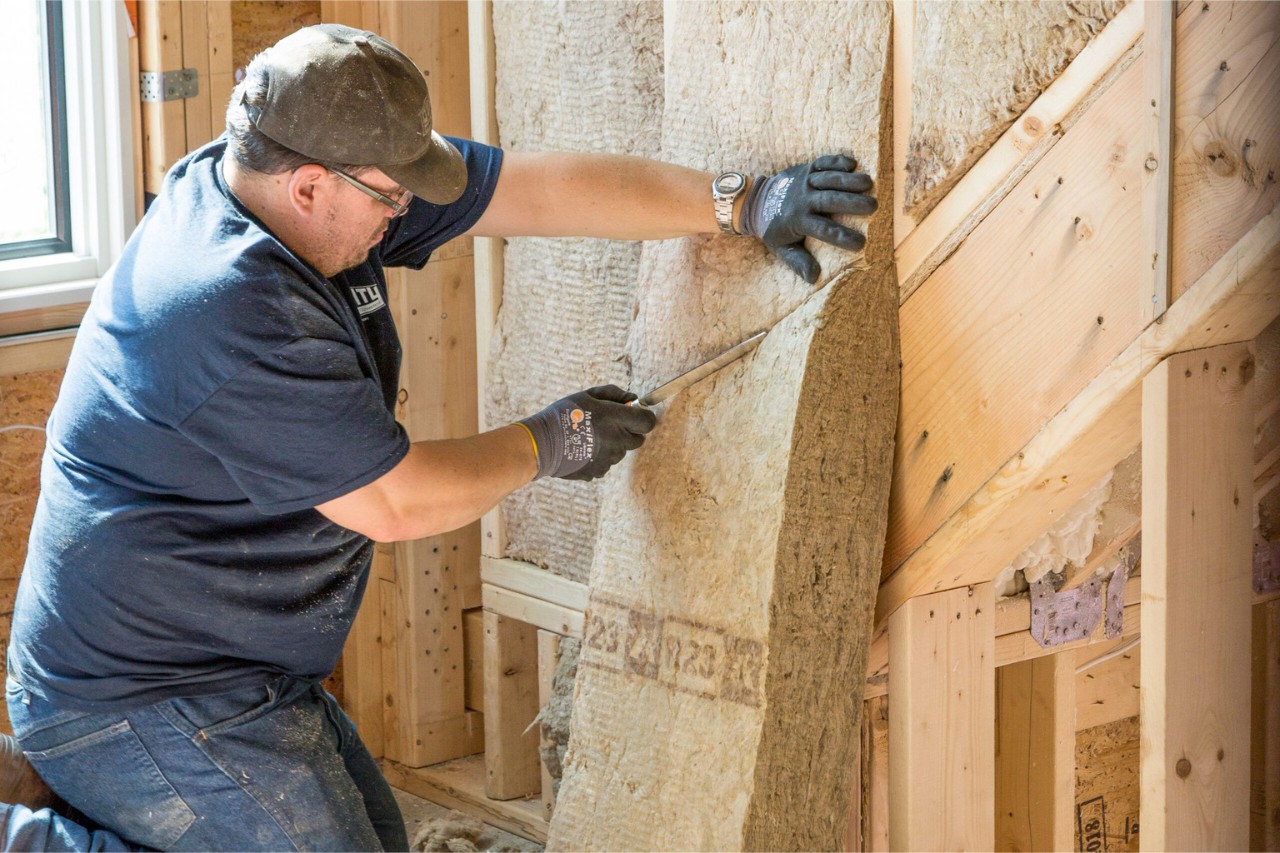
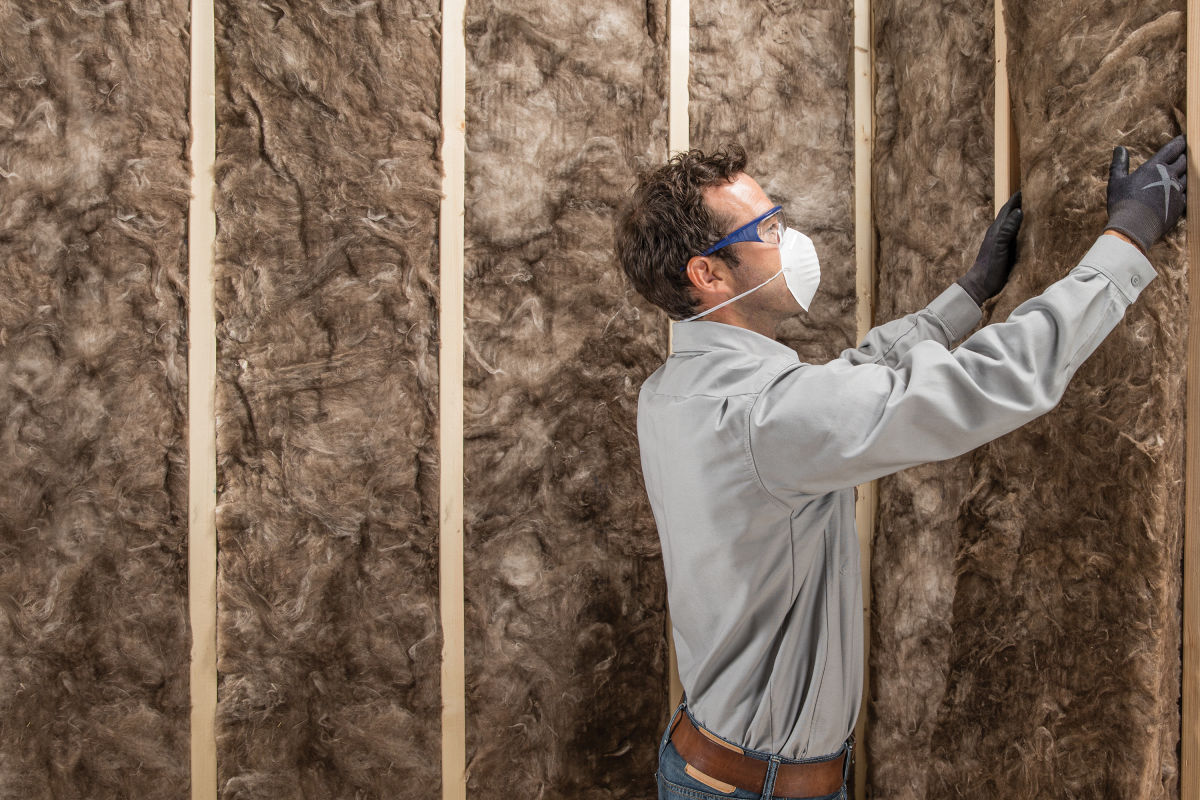

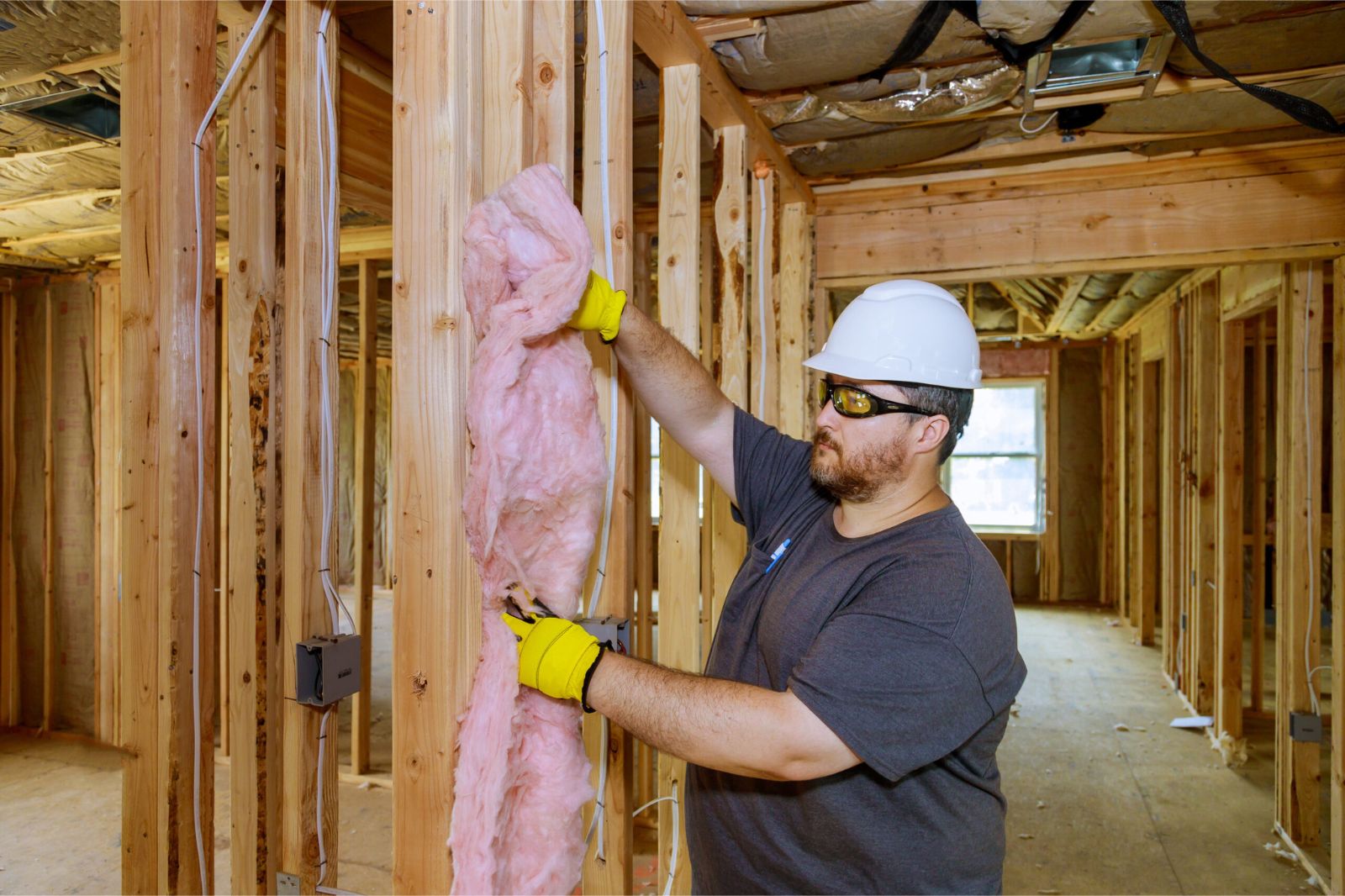
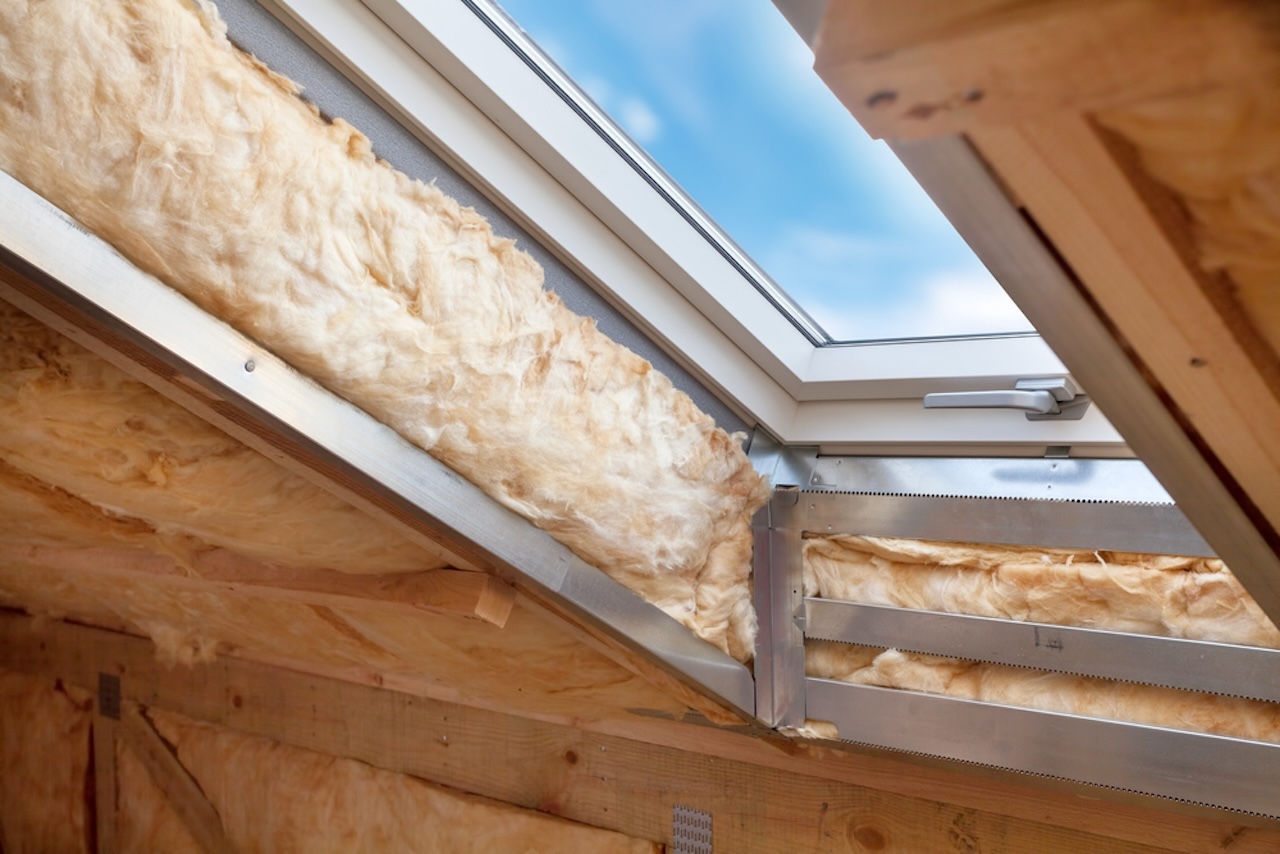
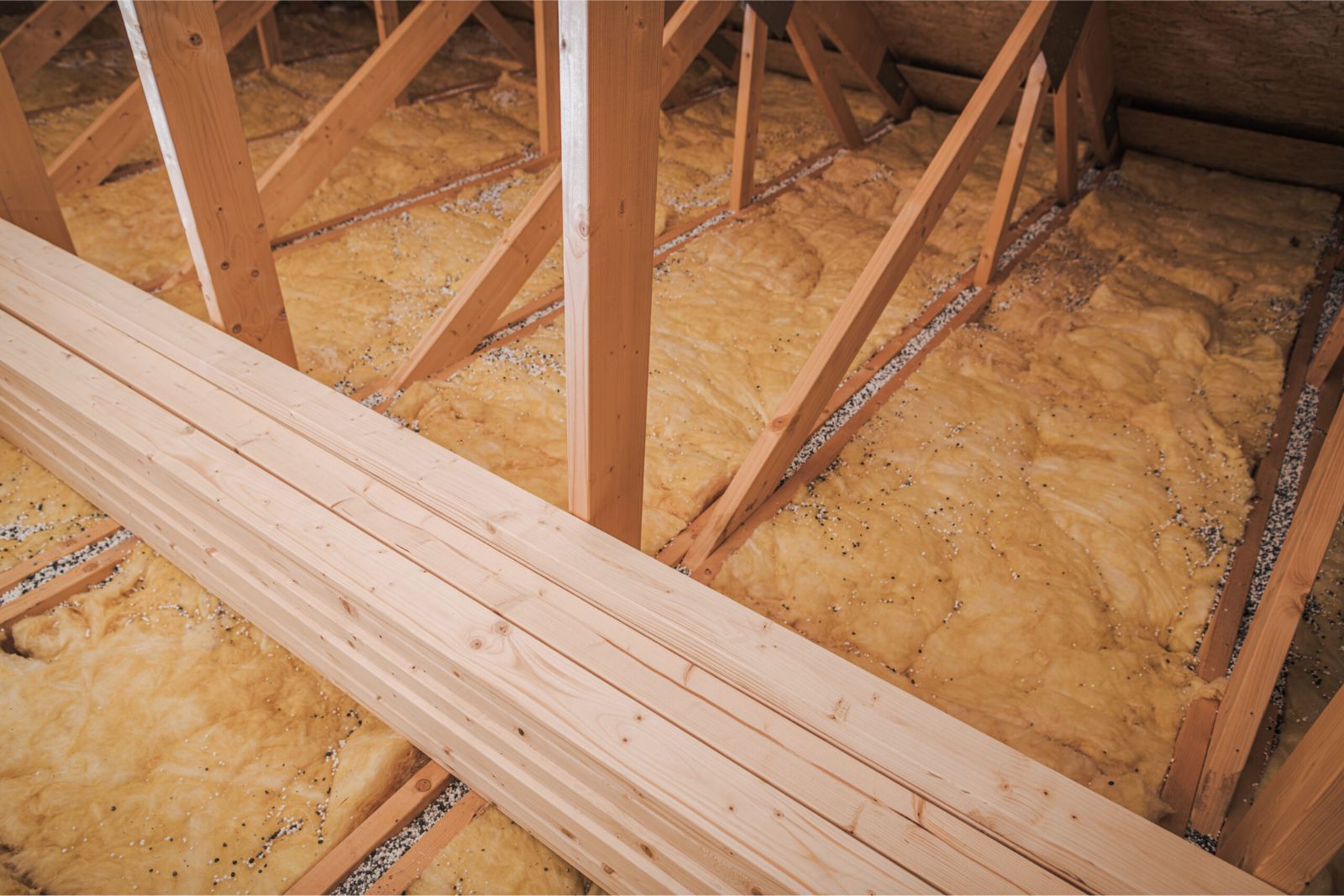
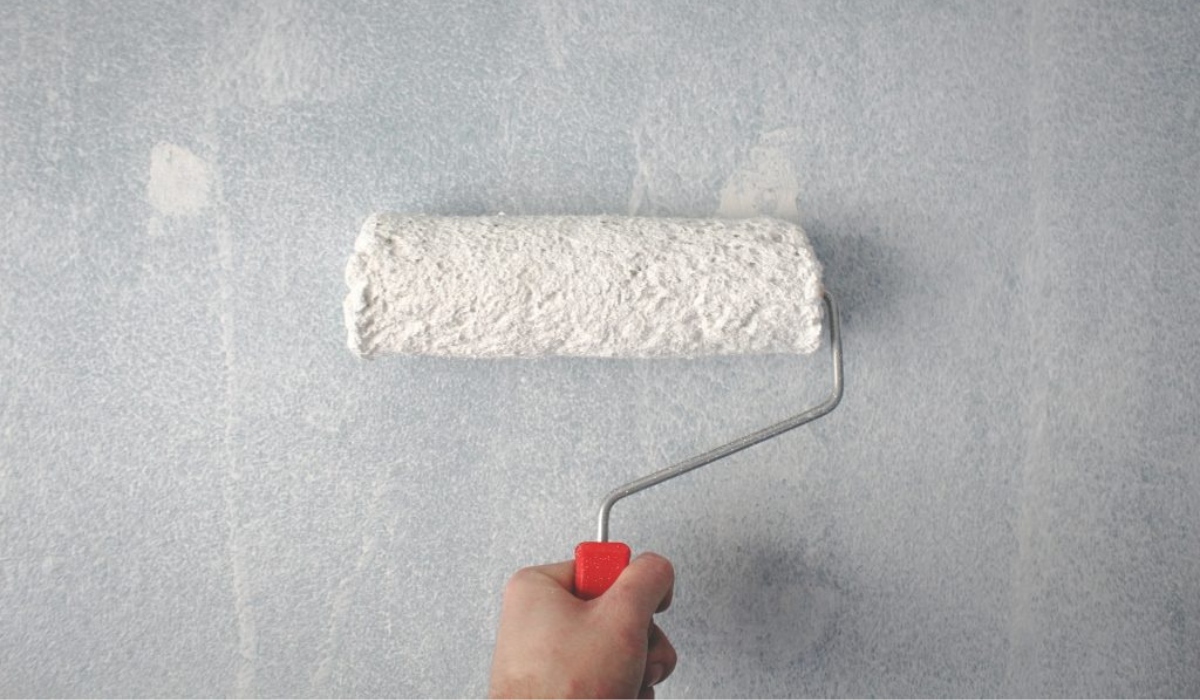
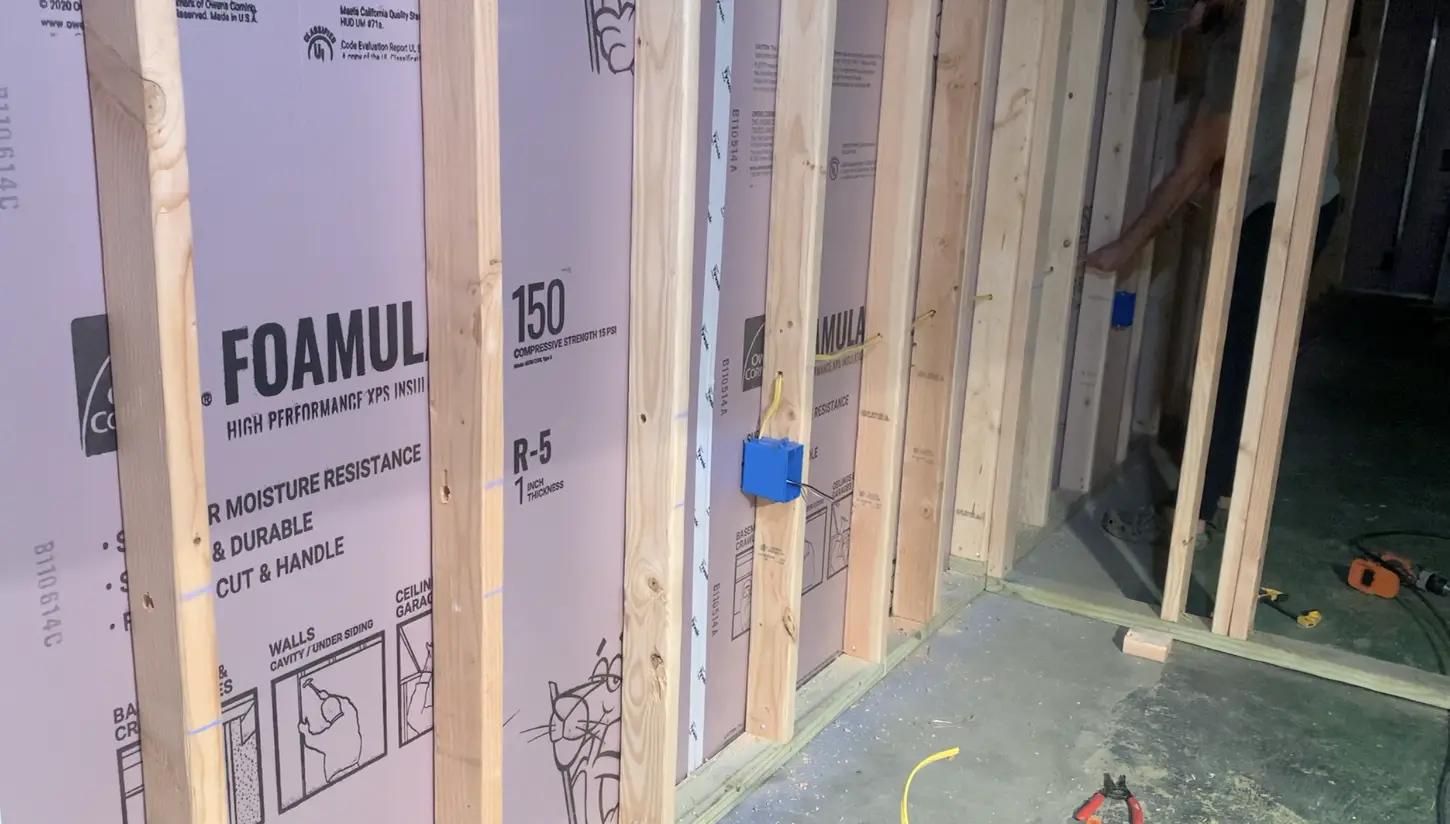
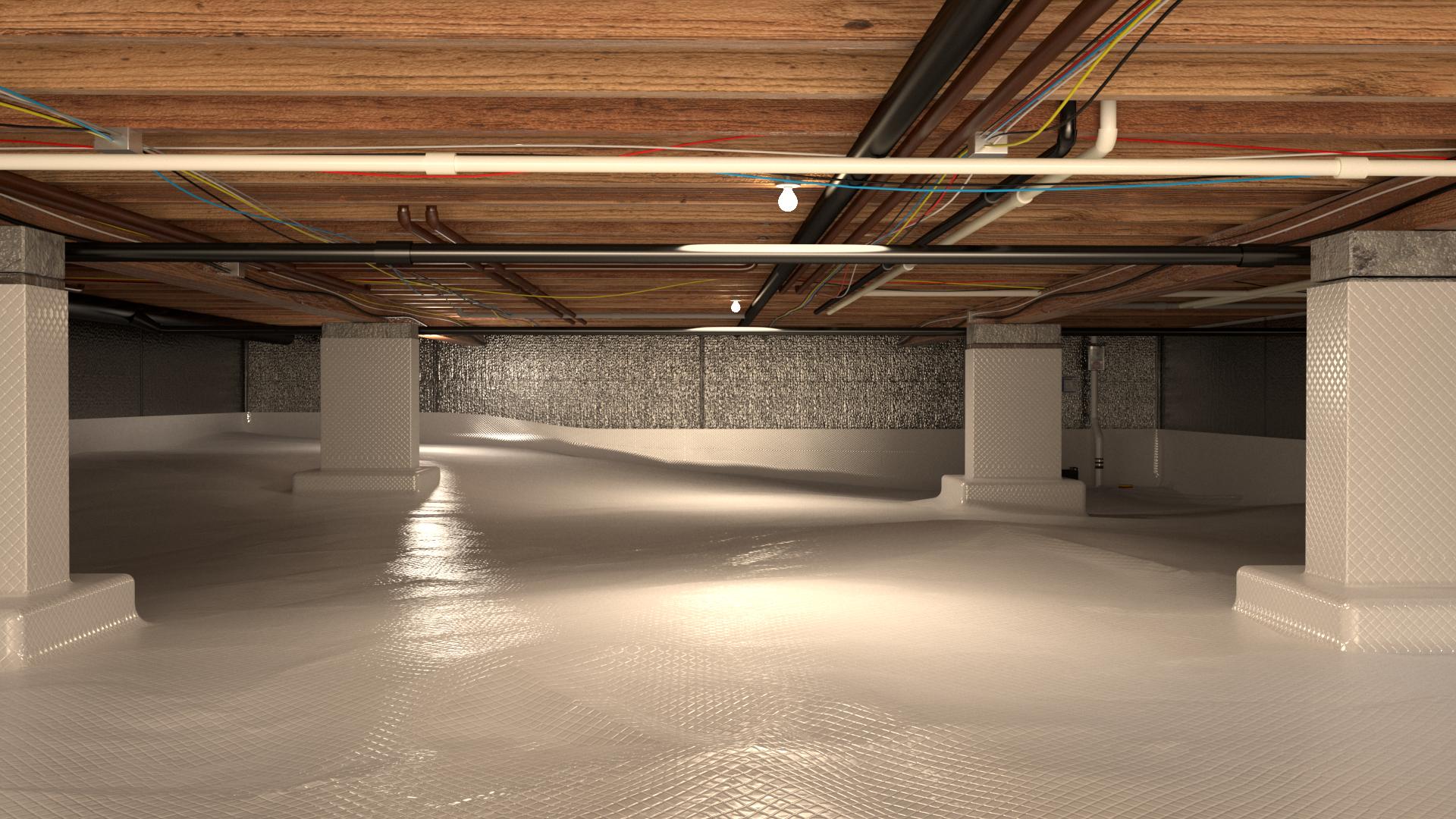
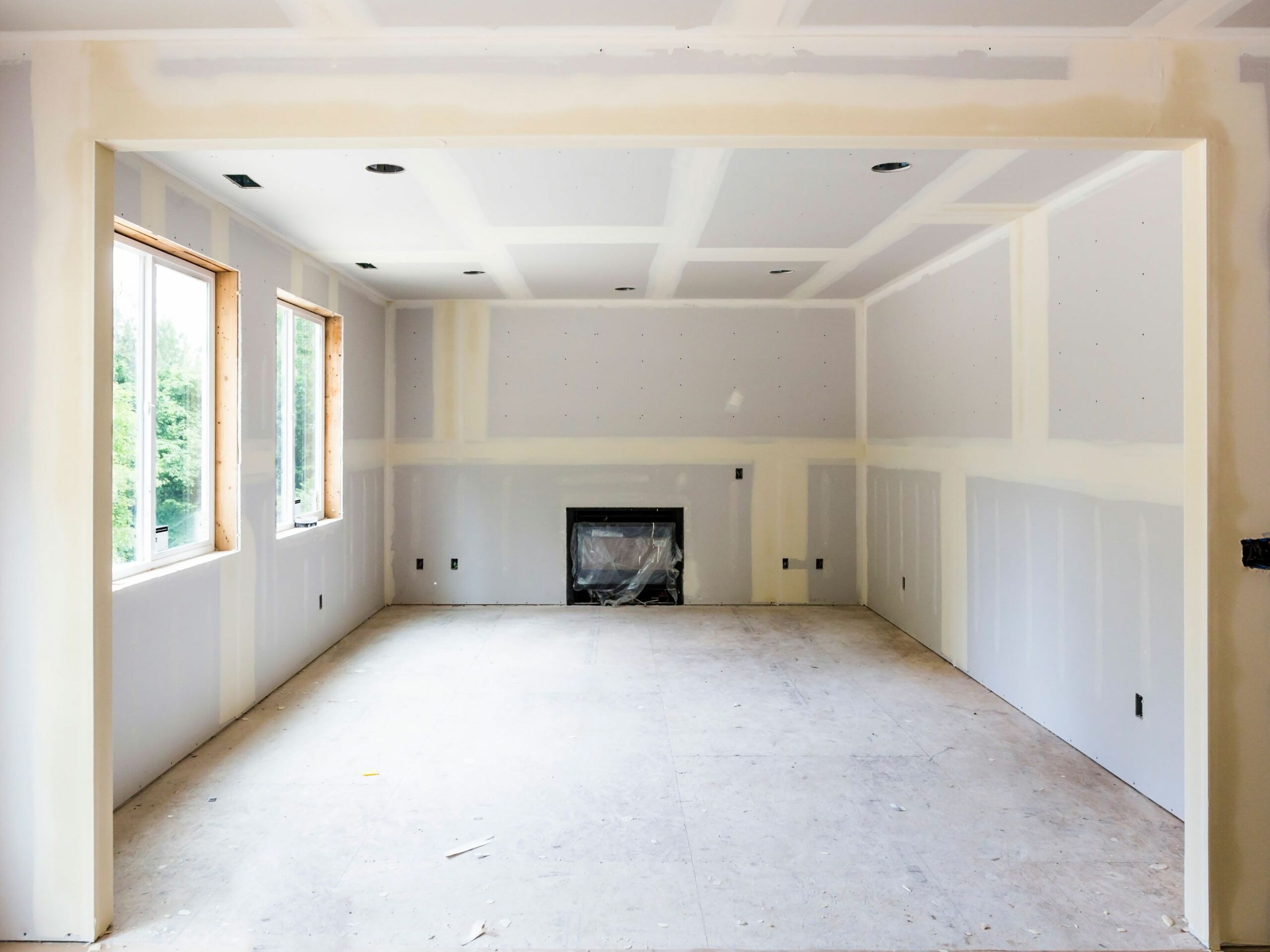
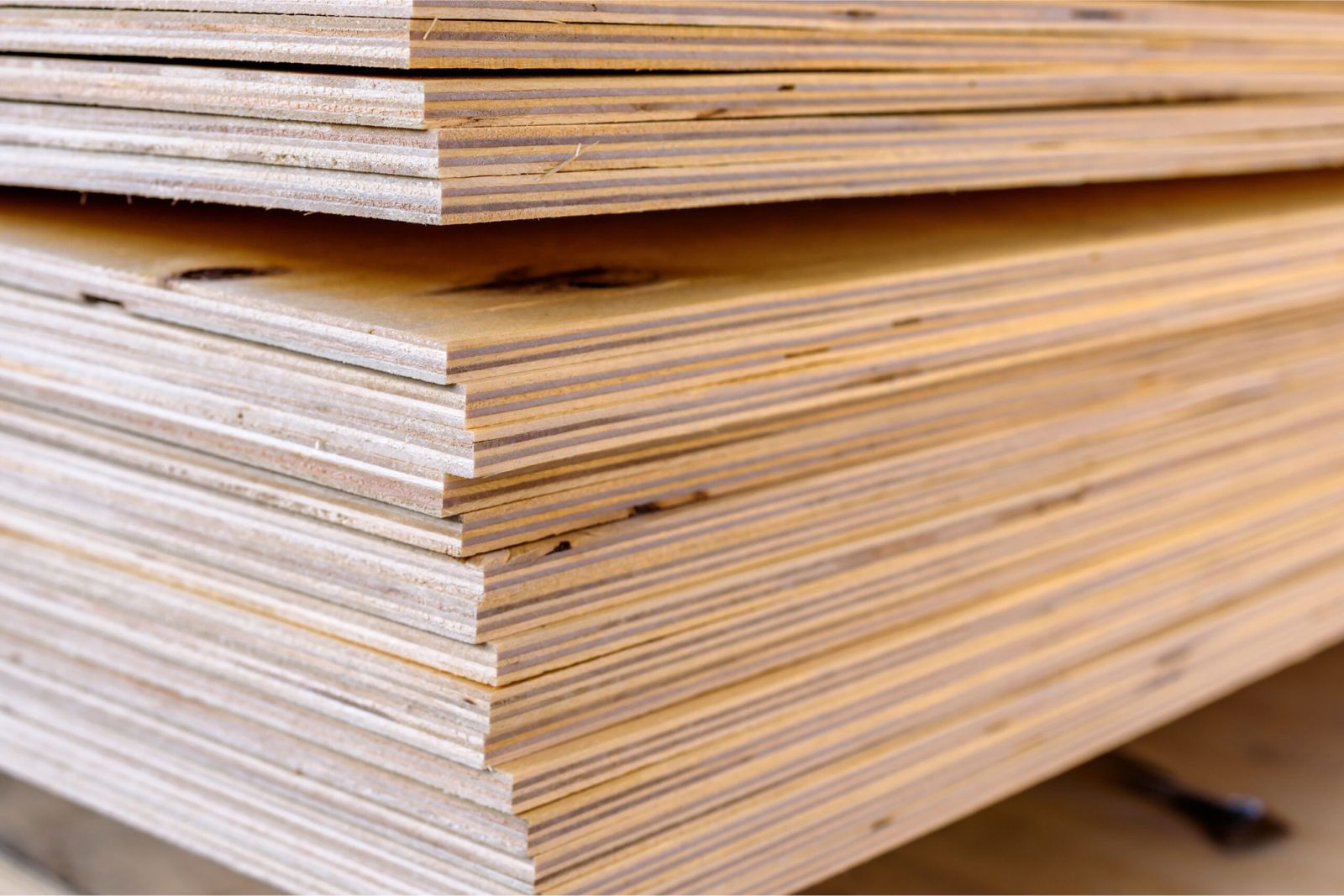
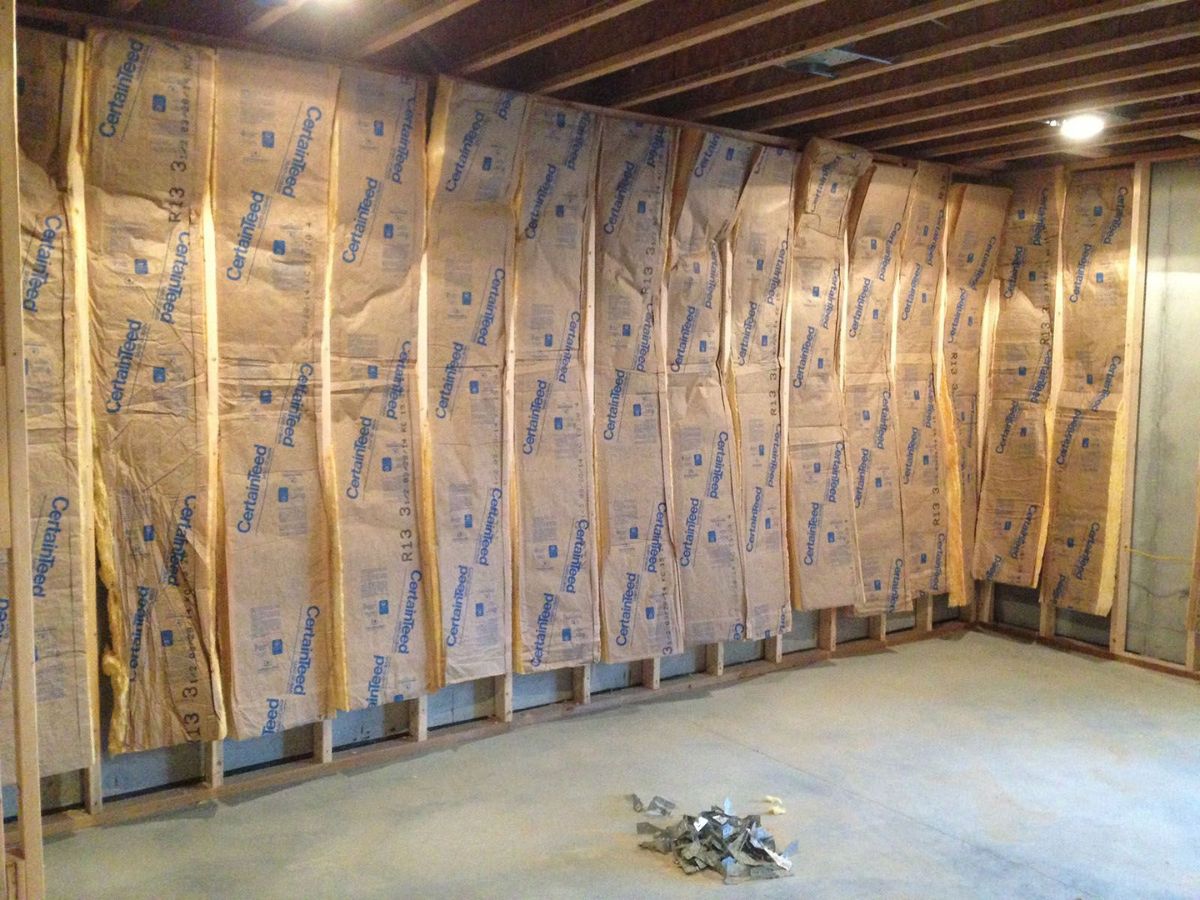
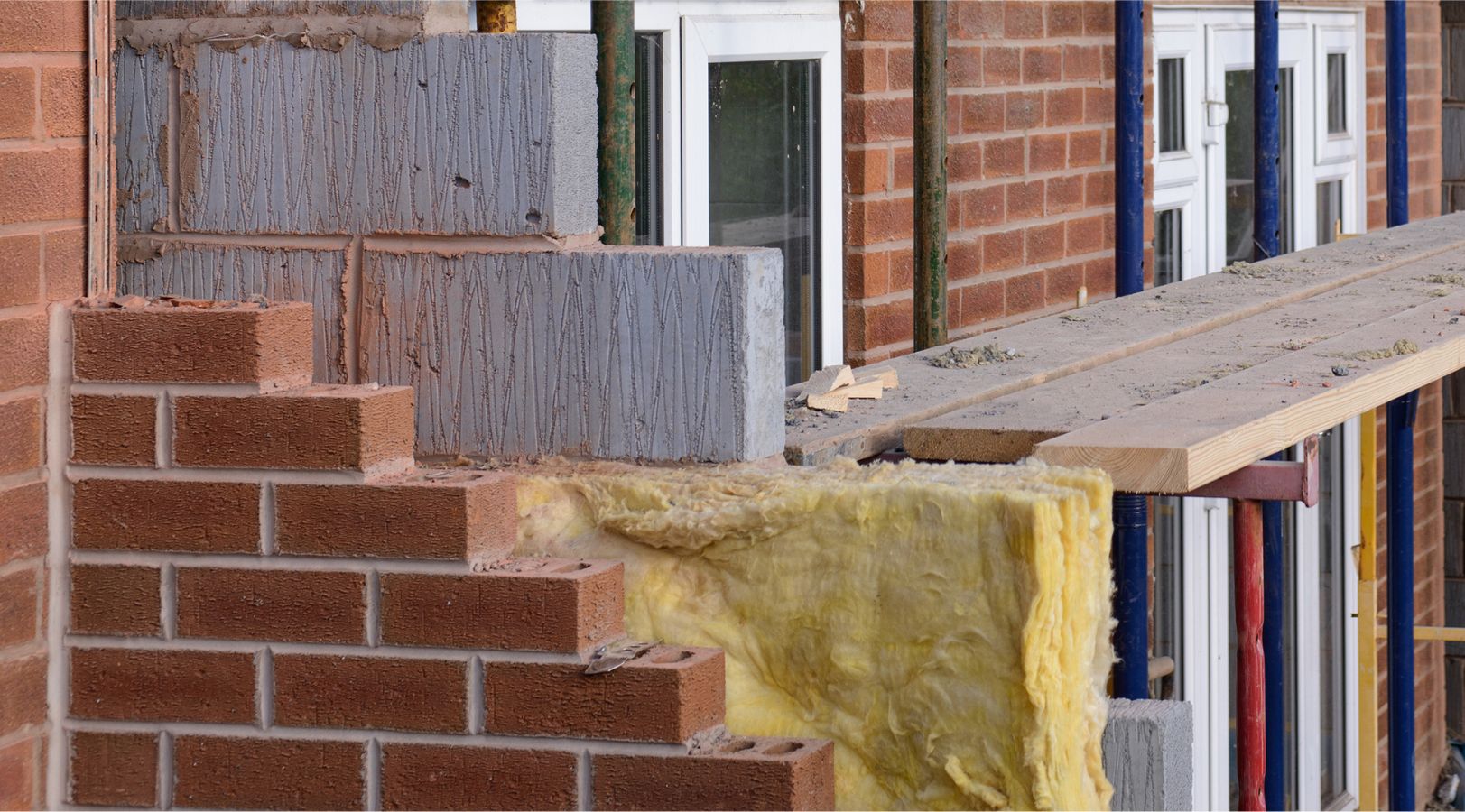

0 thoughts on “What Kind Of Insulation For Interior Walls”